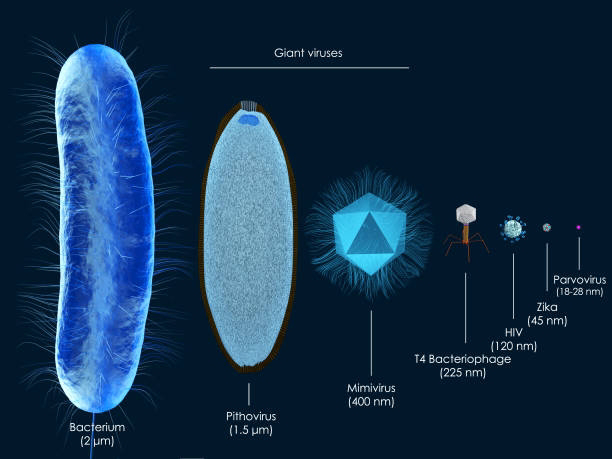Recently, a fascinating discovery has been made by a group of researchers who found a mysteriously large virus on the Greenland ice sheet. This virus, which is 1,500 times larger than a typical virus, could potentially slow down the melting of ice in Greenland. This discovery opens up new possibilities for controlling weather to some extent, by understanding and utilizing these unique viruses.
The research was led by postdoctoral researcher Laura Perini from the Department of Environmental Science at Aarhus University. The study began with the collection of samples from dark ice, red snow, and melting holes across various locations on the Greenland ice sheet between 2021 and 2022. The objective was to identify viruses that interact with algae populations in Greenland, potentially affecting their growth and thereby influencing the melting process of the ice.
The team started by analyzing the DNA within the samples. They identified gene sequences with high similarities to giant viruses, specifically from the Nucleocytoviricota phylum. By sifting through a large dataset, they found specific marker genes that matched known giant viruses. To confirm the presence of active viruses, they also extracted mRNA from the samples. The detection of mRNA indicated that these were living, active viruses rather than remnants of dead microorganisms.
Giant viruses, such as the ones discovered, are significantly larger than typical viruses, measuring around 2.5 micrometers compared to the usual 0.02-0.2 microns. These viruses have much larger genomes with more genetic information. They infect microscopic algae, regulating their population. This is crucial because algae on the ice darken its surface, reducing its reflectivity (albedo) and causing it to absorb more sunlight, which accelerates melting.
The discovery of these giant viruses offers a potential natural control mechanism for mitigating the effects of global warming. By infecting and controlling the algae that contribute to ice darkening, these viruses could help slow the melting process. This could be significant in managing rising sea levels and preventing catastrophic flooding worldwide.
In conclusion, the discovery of giant viruses on the Greenland ice sheet represents a promising development in our efforts to understand and potentially control the factors contributing to climate change. Further research is needed to fully understand the efficiency and specificity of these viruses in controlling algal blooms, but the findings so far provide hope for new methods to mitigate global warming's impact on ice melt and sea level rise.











0 Comments